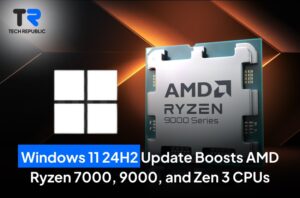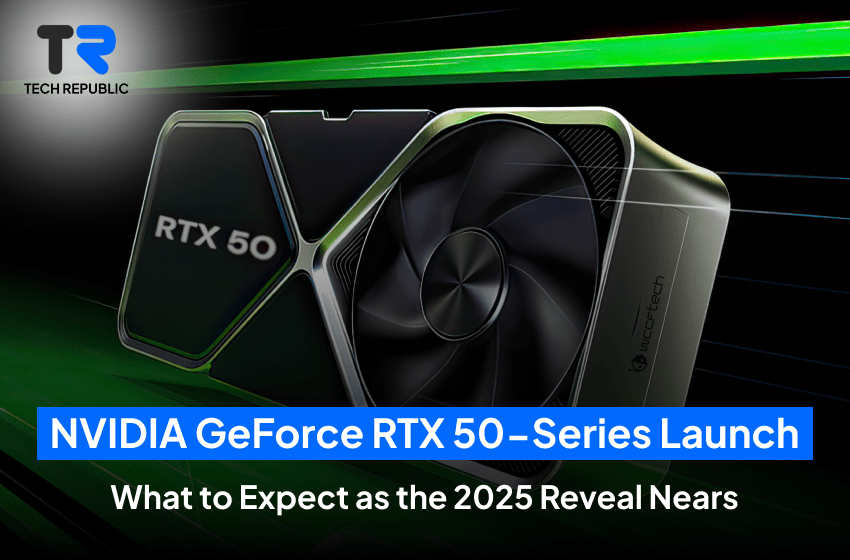
TECH REPUBLIC
PREMIUM PRODUCTS, AFFORDABALE PRICES
PREMIUM PRODUCTS, AFFORDABALE PRICES

The upcoming NVIDIA RTX 50 series, based on the new “Blackwell” architecture, is expected to launch in early 2025, with the RTX 5090 leading the lineup. This series promises significant advancements, particularly in terms of performance, but comes with higher power consumption and likely premium pricing. Here’s what we know so far:
Performance Improvements
RTX 5090: Anticipated to deliver around a 50% performance uplift over the RTX 4090, featuring 21,760 shader units, a 512-bit memory bus, and 32GB of GDDR7 memory. This makes it a powerhouse for gamers and creators alike.
Enhanced Ray Tracing: Improved ray-tracing capabilities and AI-based features like DLSS 4.0 are expected, enabling smoother and more realistic graphics.
Energy and Heat Concerns: The 5090’s TGP is set at 600W, an increase from the RTX 4090’s 450W, which could require robust cooling solutions.
Release Timeline
The RTX 5090 and 5080 are expected to debut in January 2025, while the RTX 5070 may arrive by February. Entry-level models like the RTX 5060 could follow in March.
Is it Worth the Upgrade?
For users of the RTX 40 series, the performance gains may primarily benefit those who demand top-tier gaming and content creation experiences. However, for general users, the leap might not justify the price unless features like DLSS 4.0 and GDDR7 are crucial to their workload. Additionally, the RTX 40 series already offers exceptional performance for most modern games.
In conclusion, the RTX 50 series is poised to set new benchmarks, particularly in high-end gaming and professional workloads. However, prospective buyers should weigh their current hardware’s capabilities against the 50 series’ significant power demands and pricing.
For more details on performance and availability, stay tuned to announcements as CES 2025 approaches.






WhatsApp us
Exchange:
You can exchange any product purchased from Techrepublic.pk within 7 days of purchase under the following conditions:
To raise a dispute, please notify us within 7 days of delivery by contacting our support team via email at hello@techrepublic.pk or by calling 0332 272 2666. Each dispute will be evaluated on a case-by-case basis, and we strive to find a fair resolution for both parties.
For damaged items, it is essential to provide an unboxing video as evidence. Please email the video to hello@techrepublic.pk within 7 days of purchase to initiate the replacement process.
Returns:
If a product received does not match the description on our website, you have 7 working days from the date of delivery to claim an exchange the order. To initiate a return, the product(s) must be undamaged, unopened, and returned with all packaging materials and documentation.